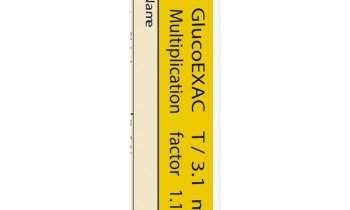Nutrition and health
Body weight is an important factor in diabetes therapy
In Europe, more than ten million people suffer from diabetes mellitus, 90 percent of whom have diabetes type II.
The number of young adults – even children – with so-called diabetes of old age is on the rise. Both in prevention and in therapy of this type of diabetes body weight plays a crucial role: more than 90 percent of all type II diabetes patients are overweight. On the one hand, overweight combined with inadequate nutrition and lack of physical exercise promotes the development of the diseases. On the other hand, any reduction of body weight counteracts the disease. A loss of weight of only five to ten percent will positively impact medication. However, it is known that for obese type II diabetes patients it is more difficult to lose weight than for non-obese patients. Moreover, certain therapies, for example those containing insulin, tend to contribute to an increase of body weight.
In view of these facts the control of body weight has to be an integral component of any diabetes therapy from day 1. Not only do results have to be recorded precisely and reliably, the graduation should show even small successes in order to motivate the patients to continue their efforts. When determining body weight both physicians and nursing staff ought to rely on scales that offer fast and precise readings as well as superior functionality and user-friendliness. Multifunctional seca scales meet all these requirements – and for their load-bearing capacity of 300 kg even highly obese patients are no problem. Up to 200 kg graduation is at 0.1 lb, for weights above that graduation is at 0.2 lb. That means even the smallest changes in weight are registered precisely.
If the diabetes therapy includes a controlled diet which requires weighing of the individual meals or ingredients, seca culina 852, a digital diet and kitchen scale, is the ideal partner.
30.10.2007










